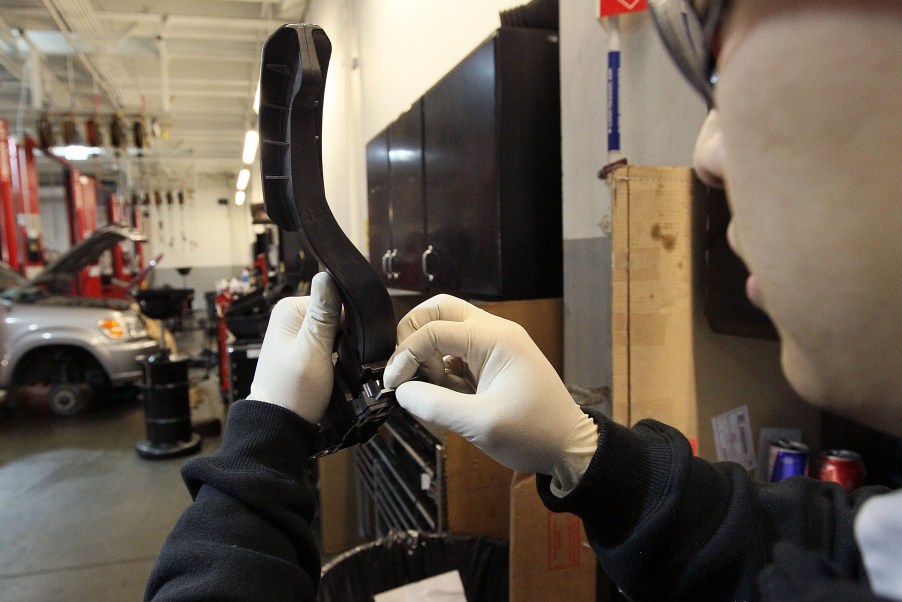
What’s the Difference Between a Recall and a Technical Service Bulletin?
Automakers, believe it or not, are always intent on making sure the cars they produce and sell, operate as intended, and do so safely for vehicle owners. When mechanical problems persist, it’s not uncommon to hear news about a manufacturer issuing a recall, for example.
When a particular vehicle model accumulates enough complaints or warranty claims, it’s time for the automaker to announce warnings and offer solutions. They do this by issuing recalls and technical service bulletins. So, what’s the difference?
What constitutes an automaker recall?
If the vehicle in question has a record of or the potential for safety hazards, the automaker will issue a recall. There is still some debate and a gray area as to what officially constitutes a safety defect.
But typically, it’s any flaw that puts the vehicle occupants at risk or in danger, in any way. Recalls are issued directly to vehicle owners by email, mail, or even calls from the local dealership. And the costs of repairs are covered by the dealership that, in turn, is made whole by the automaker.
What is a technical service bulletin, anyway?
According to CarComplaints, a Technical Service Bulletin (TSB) is a set of recommended repair procedures, issued by an automaker, on how to address a specific problem, usually considered to be less severe.
For mechanical issues that arise that don’t qualify as dangerous, automakers still need to offer recommended solutions and repair steps. For example, the 2019 Nissan Rogue has a TSB discussing potential airflow constriction from the vents if snow builds up around the blower motor.
It’s an issue that might not necessarily be risky to the occupants, but it’s a common problem for those with Nissan Rogue SUVs who encounter significant snow. Unlike recalls, TSB repair costs are often a burden of the vehicle owner, and automakers aren’t required to notify owners of TSB related issues.
Why technical service bulletins matter
Finding a current or historical roster of TSBs can help consumers make better buying decisions and avoid problematic models. It can also be an indication of manufacturing defects ongoing. Manufacturers might categorize the issue as a component or something electrical. And again, the problems can sometimes be as minor as a loose-fitting set of visors or a crackly speaker problem.
But even some of the most seemingly minor issues can lead to more comprehensive mechanical failures and even more costly repairs. Technical service bulletins exist so consumers can make decisions to buy a vehicle with complete knowledge of the potential for frequent hiccups. But if no one is required to notify you of their existence, how would you ever know about a vehicle’s TSBs?
Where can you go to find this information?
TSBs are not at all consumer-friendly. In fact, they’re usually straight forward statements, listing parts, and part numbers and the tools required for repairs.
The summaries, which are now required to be documented with the NHTSA, tend to be a little more understandable. It took a lawsuit in 2016 when the Center for Auto Safety (CAS) sued the Department of Transportation, over transparency and notification concerns at the consumer level. Other sources exist, including CarComplaints.com, but don’t necessarily capture all available posted TSBs.
Most consumers have dealt with a recall or two over their lifetimes of car ownership. But the technical service bulletins might not be as common or top of mind. As a win for car buyers everywhere, automakers are at least required to notify the NHTSA of technical service bulletins as they arise.
So before you buy your next set of wheels, don’t just look for vehicle history or recall information. Consider examining the TSB alerts, as well. It could save you big in the long run.


